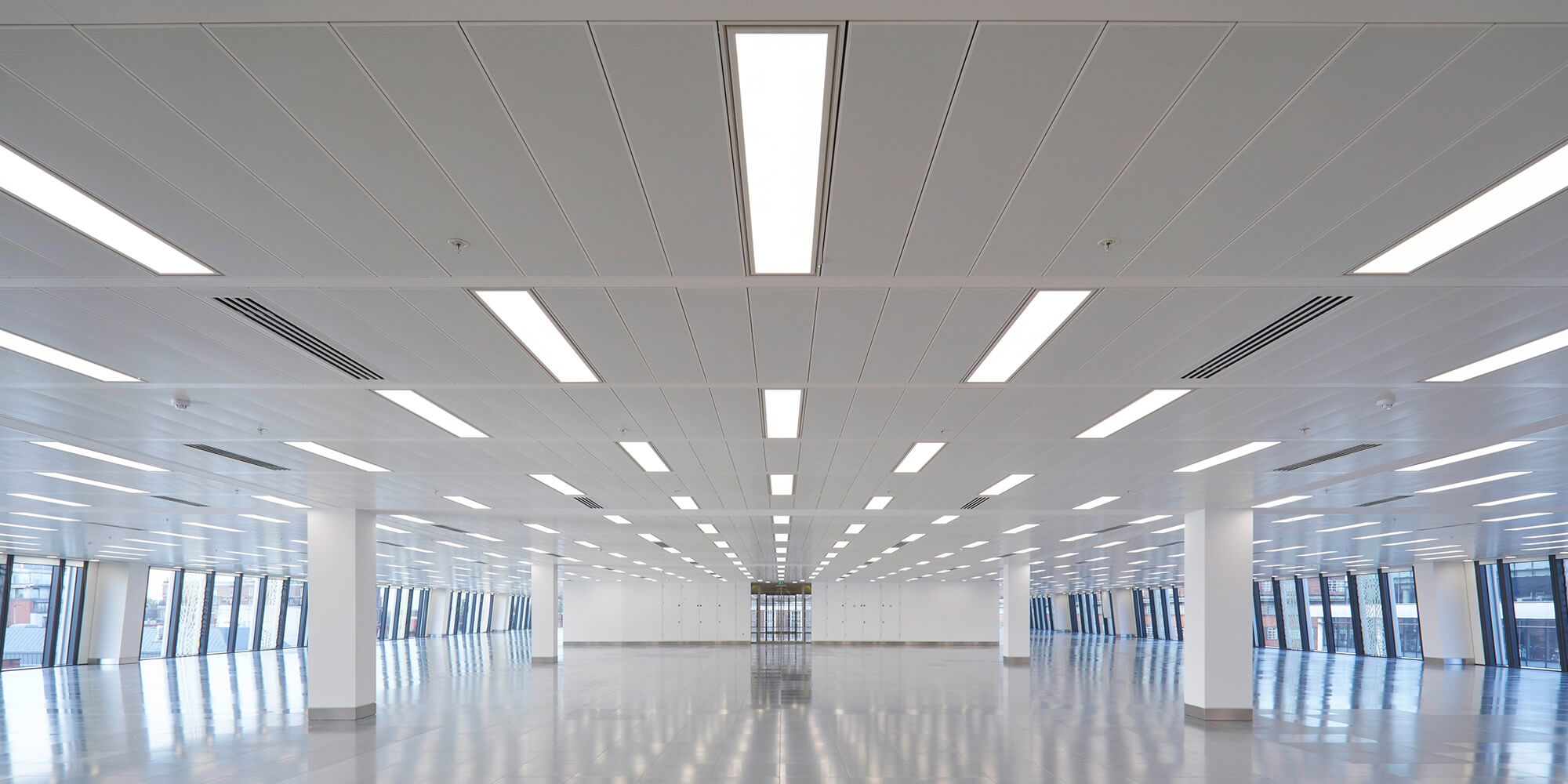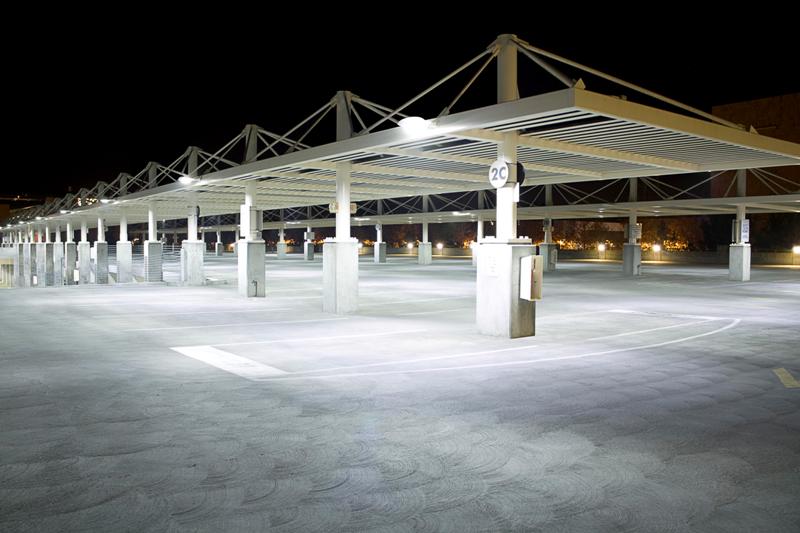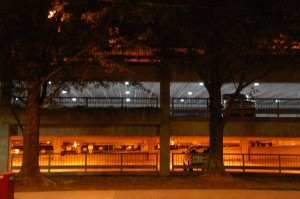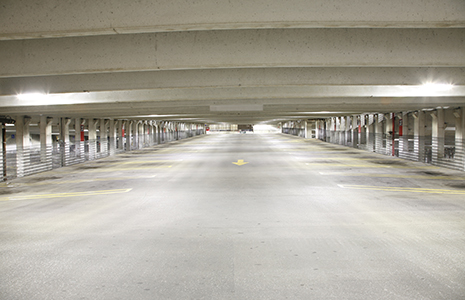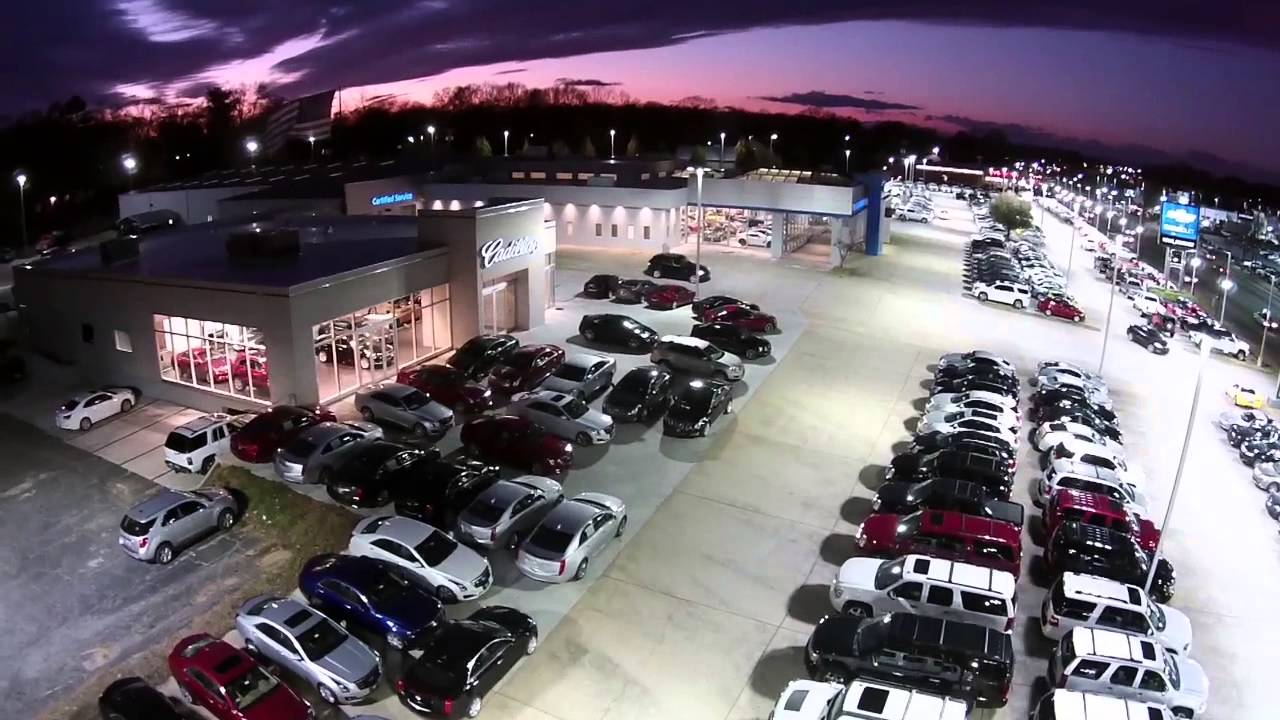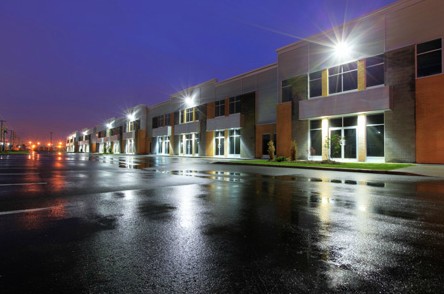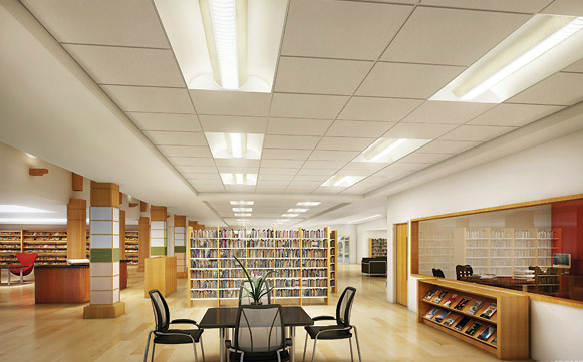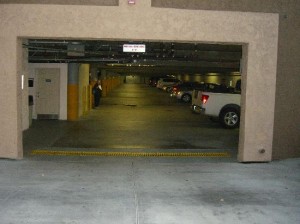 If your office, apartment building, or shopping center has a parking garage, you know how important it is to keep the garage well-lit. The safety of your employees, tenants, or patrons is extremely important, so you’re always looking for the best and most efficient methods of parking garage lighting.
If your office, apartment building, or shopping center has a parking garage, you know how important it is to keep the garage well-lit. The safety of your employees, tenants, or patrons is extremely important, so you’re always looking for the best and most efficient methods of parking garage lighting.
If you’re still using outdated incandescent or fluorescent lighting, consider the following benefits to an LED lighting system for your parking garage:
Improved Safety: Compared to traditional bulb types, LED lights are much brighter, last much longer, and are much more durable. The combination of these three factors makes it much more unlikely that any part of your garage will be underlit due to broken or burnt out bulbs. Additionally, they are much brighter and provide more even lighting which helps improve safety and instills a sense of security in your staff, tenants, or patrons.
Improved Cost Efficiency: Compared to conventional incandescent bulbs, LEDs last up to ten times longer, and use up to 70% less electricity. Between having to be replaced less often and using less energy throughout their lifetime, LED lighting helps reduce overhead costs associated with running lights through the night.
Reduced Carbon Footprint: Since these lights are remaining on all night, the energy used to power the lights and also to manufacture the bulbs are added to your business’ carbon footprint. Since LED lights use less energy, don’t need to be manufactured in the same volume as conventional bulbs, and are 100% recyclable, switching to LED lights can greatly reduce your business’ carbon footprint.
Whatever your parking garage’s needs, Relumination can help. Contact us today for a free estimate on your new LED lighting system.
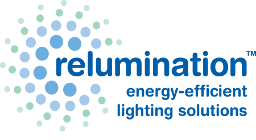
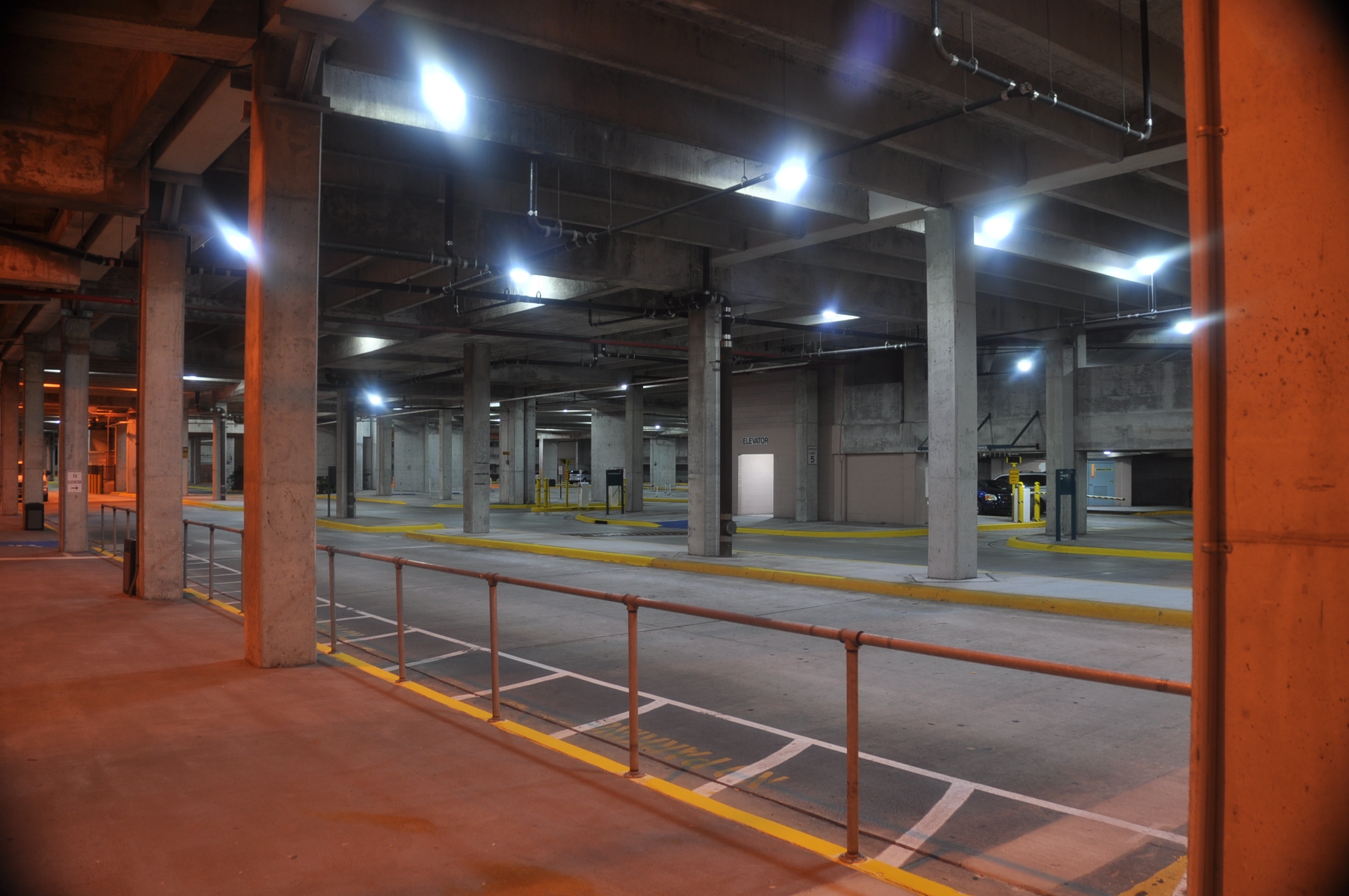
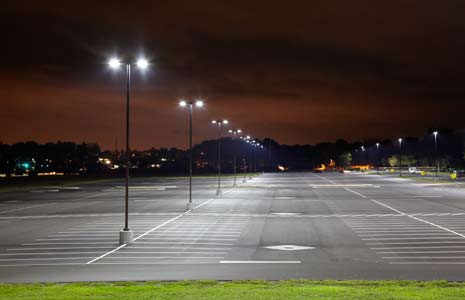
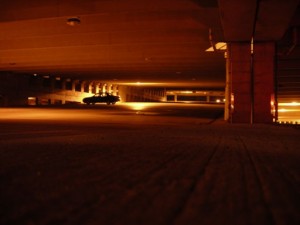
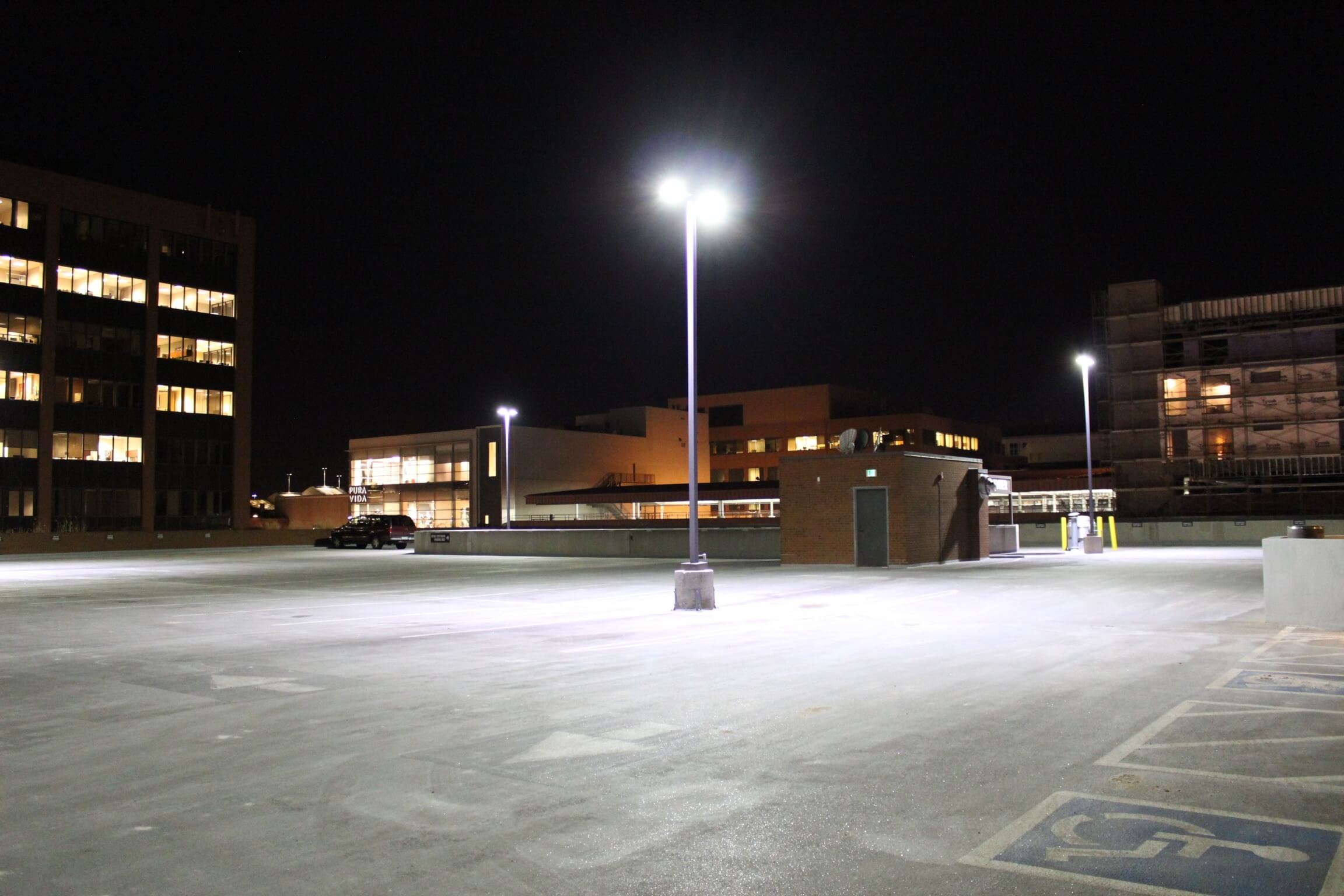
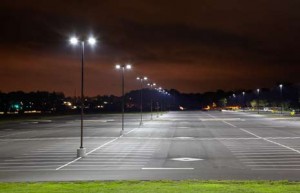 Chances are you’ve taken extraordinary efforts in providing more than adequate lighting for your office areas where most of your business in conducted. If it’s a
Chances are you’ve taken extraordinary efforts in providing more than adequate lighting for your office areas where most of your business in conducted. If it’s a 